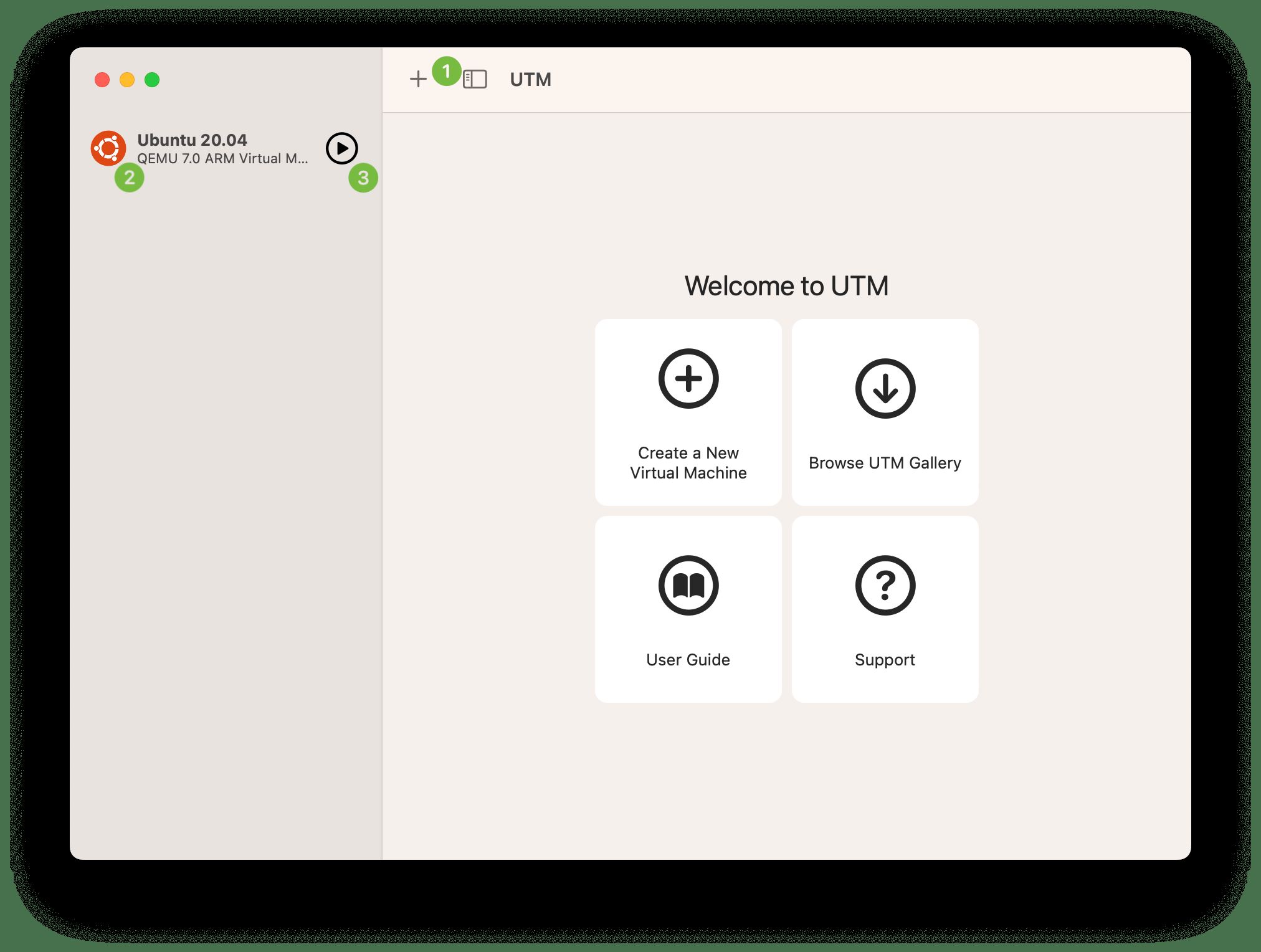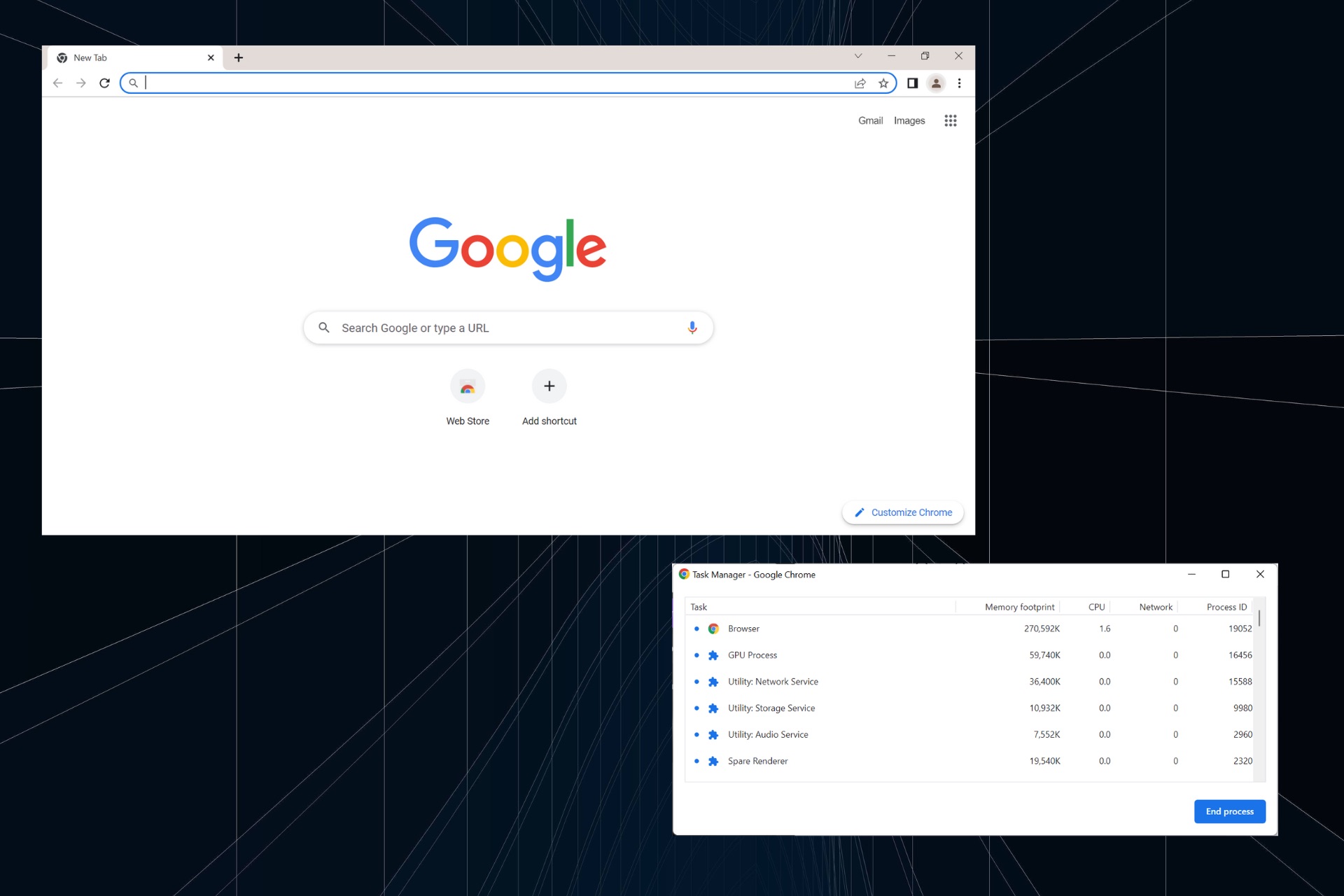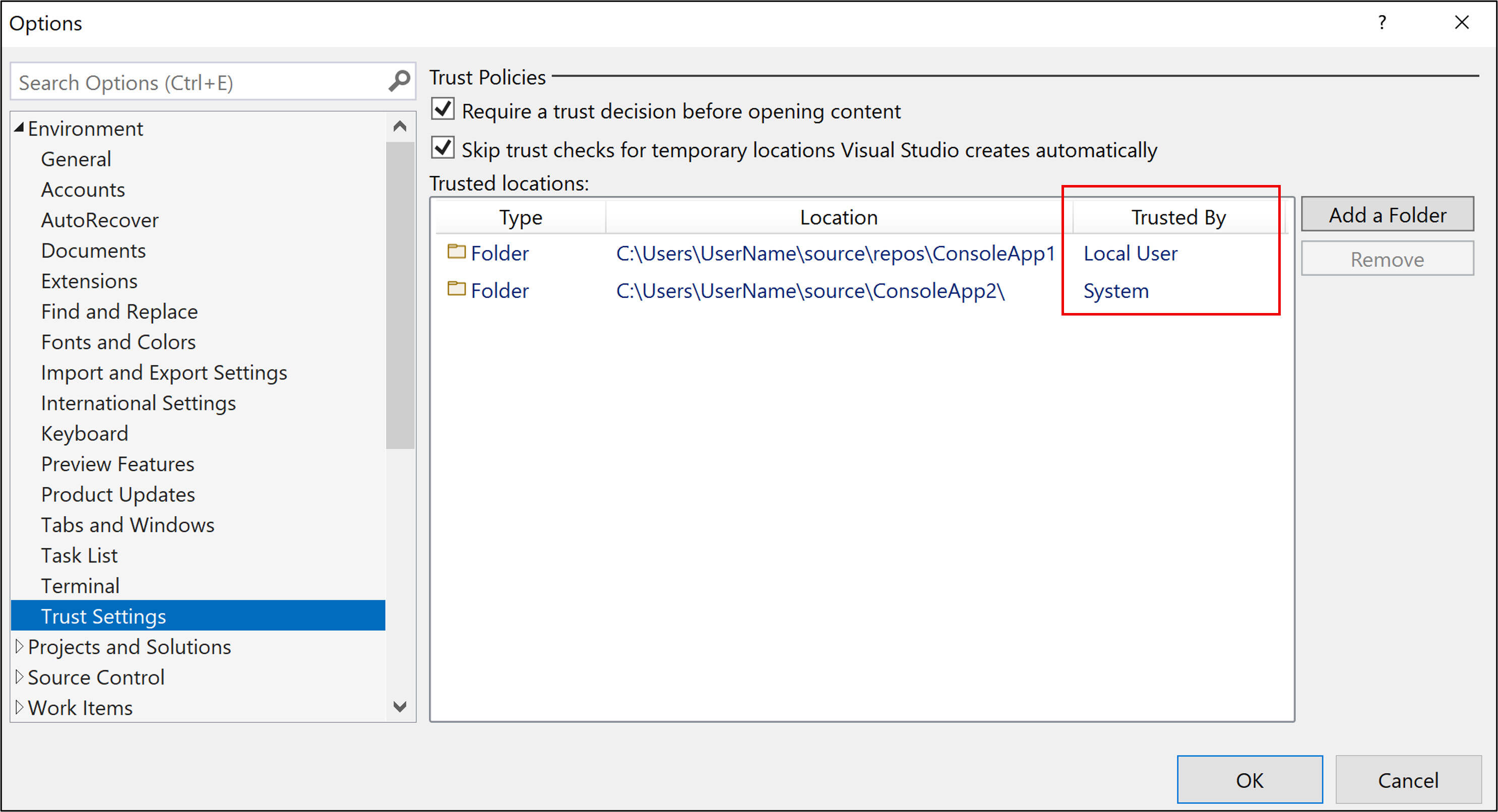Introduction
Remote Browser Isolation (RBI) is a cutting-edge technology that has revolutionized the way organizations secure their web browsing activities. In today's digital landscape, where cyber threats loom large, RBI offers a robust defense mechanism by executing web code in a remote environment, ensuring that potentially malicious content never reaches the user's device.
By leveraging RBI, organizations can safeguard their networks and sensitive data from a wide array of cyber threats, including malware, ransomware, and phishing attacks. This innovative approach to web security has gained traction due to its ability to mitigate the risks associated with web browsing, making it an indispensable tool for businesses across various industries.
As cybercriminals continue to devise sophisticated methods to infiltrate systems and compromise data, the need for advanced security measures has become more pressing than ever. RBI addresses this need by creating a secure barrier between users and the web, effectively neutralizing potential threats before they can pose any harm.
In the following sections, we will delve deeper into the inner workings of RBI, explore its myriad benefits, examine real-world use cases, and provide insights into the considerations for implementing this technology. By the end of this article, you will have a comprehensive understanding of how RBI can fortify your organization's cybersecurity posture and empower your workforce to navigate the web with confidence and peace of mind.
How Remote Browser Isolation Works
Remote Browser Isolation (RBI) operates on a simple yet powerful principle: it executes web browsing activities in an isolated environment, separate from the user's device. This isolation is achieved by redirecting web content to a remote server, where all potentially harmful code is executed and analyzed. The user interacts with the web content through a secure, lightweight client that transmits only safe rendering information back to the endpoint device.
When a user initiates a web browsing session, the RBI solution intercepts all web requests and redirects them to a remote environment, commonly referred to as a "sandbox." Within this sandbox, the web content is rendered and any active code, such as JavaScript and plugins, is executed. However, instead of being executed on the user's device, this code runs in the isolated environment, ensuring that any malicious elements are contained and unable to impact the user's system.
By isolating web content in this manner, RBI effectively creates a protective barrier that shields the user's device from potential threats. Even if a website contains malicious code or is compromised by cybercriminals, the RBI solution ensures that such threats are neutralized within the isolated environment, preventing them from reaching the user's endpoint device.
Furthermore, RBI employs advanced techniques such as content disarm and reconstruction (CDR) to sanitize web content before rendering it for the user. This process involves stripping potentially malicious elements from web pages, such as embedded scripts and active content, and reconstructing the page to deliver a safe, sanitized version to the user's device.
In essence, RBI functions as a virtual buffer between users and the web, intercepting and neutralizing potential threats before they can infiltrate the user's device. This proactive approach to web security not only safeguards organizations against malware and other cyber threats but also provides users with a seamless and secure browsing experience.
By understanding the inner workings of RBI, organizations can appreciate the robust protective measures it offers and the peace of mind it instills in users as they navigate the web. This foundational knowledge forms the basis for realizing the extensive benefits of implementing RBI within an organization's cybersecurity framework.
Benefits of Remote Browser Isolation
Remote Browser Isolation (RBI) presents a myriad of compelling benefits that significantly enhance an organization's cybersecurity posture and empower users to engage with the web without fear of potential threats. These benefits encompass both security-related advantages and operational efficiencies, making RBI a valuable asset for modern businesses. Let's explore the key benefits of implementing RBI:
-
Comprehensive Threat Protection: RBI serves as a robust defense mechanism against a wide spectrum of web-borne threats, including malware, ransomware, and phishing attacks. By isolating web content in a remote environment, RBI effectively neutralizes potential threats before they can reach the user's device, thereby safeguarding the organization's network and sensitive data.
-
Enhanced Security Posture: With RBI in place, organizations can fortify their security posture by minimizing the attack surface exposed to web-based threats. By isolating web browsing activities, RBI mitigates the risks associated with drive-by downloads, malicious scripts, and other web-borne threats, thereby reducing the likelihood of successful cyber attacks.
-
Protection Against Zero-Day Threats: RBI's proactive approach to web security ensures that organizations are shielded against zero-day threats and emerging malware variants. By executing web code in an isolated environment, RBI effectively neutralizes unknown and previously unseen threats, providing organizations with a crucial layer of defense against evolving cyber threats.
-
Regulatory Compliance: For organizations operating in regulated industries, such as finance and healthcare, RBI offers a means to enhance regulatory compliance. By mitigating the risks associated with web browsing, RBI helps organizations adhere to stringent data protection and privacy regulations, thereby avoiding potential compliance violations and associated penalties.
-
User Experience and Productivity: RBI contributes to a seamless and secure browsing experience for users, as they can access web content without concerns about potential threats. This, in turn, enhances user productivity by enabling uninterrupted access to web resources while ensuring a safe and secure browsing environment.
-
Cost Savings: By preventing malware infections and reducing the need for remediation efforts, RBI can lead to significant cost savings for organizations. The proactive nature of RBI minimizes the impact of web-borne threats, thereby reducing the financial burden associated with addressing security incidents and potential data breaches.
-
Support for BYOD and Remote Work: In the era of remote work and bring-your-own-device (BYOD) policies, RBI provides a secure means for employees to access web resources from their personal devices. This flexibility empowers organizations to embrace modern work practices while maintaining a strong security posture.
In summary, the benefits of Remote Browser Isolation extend far beyond traditional cybersecurity measures, offering a comprehensive approach to web security that aligns with the evolving threat landscape and the dynamic needs of modern organizations. By leveraging RBI, organizations can proactively protect their networks, data, and users from a wide array of web-based threats while fostering a secure and productive digital environment.
Use Cases for Remote Browser Isolation
Remote Browser Isolation (RBI) offers versatile applications across various industries, addressing critical security concerns and enabling organizations to embrace a proactive approach to web security. The following are prominent use cases that highlight the practical implementation of RBI:
-
Financial Services: In the highly regulated financial sector, RBI plays a pivotal role in safeguarding sensitive financial data and protecting against cyber threats. By isolating web browsing activities, financial institutions can mitigate the risks associated with malicious websites, phishing attempts, and drive-by downloads, thereby fortifying their security posture and ensuring compliance with stringent data protection regulations.
-
Healthcare: Healthcare organizations handle vast amounts of sensitive patient data, making them prime targets for cyber attacks. RBI provides a secure environment for healthcare professionals to access web-based resources, such as medical research portals and diagnostic tools, without exposing the organization to potential malware infections. This use case underscores RBI's role in preserving patient confidentiality and upholding regulatory compliance within the healthcare industry.
-
Enterprise Security: Across diverse enterprise environments, RBI serves as a critical defense mechanism against web-borne threats that can compromise corporate networks and sensitive data. By isolating web content, organizations can empower employees to browse the internet securely, mitigating the risks associated with malicious websites, potentially harmful downloads, and phishing attacks. This use case demonstrates RBI's efficacy in bolstering enterprise security and minimizing the impact of cyber threats on business operations.
-
Government and Public Sector: Government agencies and public sector entities are entrusted with safeguarding sensitive information and critical infrastructure. RBI offers a robust solution to protect government networks and personnel from web-based threats, ensuring that public sector organizations can navigate the web securely while upholding data integrity and national security.
-
Remote Work Environments: With the proliferation of remote work arrangements, RBI becomes indispensable in providing secure web access for employees working from diverse locations and using various devices. By isolating web browsing activities, organizations can facilitate secure remote work environments, enabling employees to access web resources without compromising network security or data integrity.
-
Education and Research: In educational institutions and research organizations, RBI enables students, faculty, and researchers to engage with web-based educational resources, scholarly publications, and research databases in a secure environment. By isolating web content, RBI safeguards academic networks and intellectual property, fostering a conducive environment for learning, collaboration, and knowledge dissemination.
These diverse use cases underscore the versatility and relevance of Remote Browser Isolation across different sectors, emphasizing its pivotal role in fortifying cybersecurity defenses, preserving data integrity, and enabling secure web access for organizations and individuals alike. By understanding these practical applications, organizations can harness the full potential of RBI to address their unique security challenges and embrace a proactive stance against evolving cyber threats.
Considerations for Implementing Remote Browser Isolation
When contemplating the implementation of Remote Browser Isolation (RBI) within an organization's cybersecurity framework, several key considerations come into play. These considerations encompass technical, operational, and strategic aspects that are essential for a successful deployment of RBI. By addressing these considerations proactively, organizations can optimize the efficacy of RBI and ensure seamless integration into their existing infrastructure.
Integration with Existing Security Infrastructure
One crucial consideration is the seamless integration of RBI with the organization's existing security infrastructure. It is imperative to assess how RBI aligns with the organization's endpoint security solutions, network architecture, and overall cybersecurity strategy. Compatibility with existing security tools and platforms, such as firewalls, intrusion detection systems, and security information and event management (SIEM) solutions, is essential to ensure cohesive and comprehensive protection against web-based threats.
User Experience and Productivity
Another vital consideration is the impact of RBI on user experience and productivity. Organizations must evaluate the performance of RBI solutions in real-world scenarios to ensure that they deliver a seamless and responsive browsing experience for end users. Balancing robust security measures with minimal impact on user productivity is paramount, as a cumbersome or intrusive RBI implementation could hinder operational efficiency and user satisfaction.
Scalability and Performance
Scalability and performance considerations are also critical when implementing RBI. Organizations need to assess the ability of RBI solutions to scale effectively across their infrastructure, accommodating varying user loads and web traffic patterns. Additionally, performance testing is essential to gauge the responsiveness and reliability of RBI in handling diverse web content and applications, ensuring that it meets the organization's operational requirements without compromising security.
Regulatory Compliance and Data Privacy
For organizations operating in regulated industries, compliance with data protection regulations and privacy requirements is a fundamental consideration. Implementing RBI should align with regulatory mandates such as the General Data Protection Regulation (GDPR), Health Insurance Portability and Accountability Act (HIPAA), or Payment Card Industry Data Security Standard (PCI DSS). Ensuring that RBI facilitates compliance with industry-specific regulations is imperative to avoid potential legal and financial repercussions.
Cost and Resource Allocation
The financial implications of implementing RBI cannot be overlooked. Organizations need to evaluate the costs associated with procuring, deploying, and maintaining RBI solutions, considering factors such as licensing fees, infrastructure requirements, and ongoing operational expenses. Furthermore, resource allocation for training, support, and maintenance of RBI solutions should be carefully planned to optimize the return on investment and long-term sustainability.
User Education and Change Management
Effective user education and change management are essential considerations when introducing RBI to an organization. Proactive communication and training initiatives can help users understand the benefits of RBI, familiarize them with any changes in web browsing workflows, and cultivate a security-conscious mindset. By involving users in the implementation process and providing comprehensive guidance, organizations can enhance user acceptance and compliance with RBI policies.
By carefully addressing these considerations, organizations can navigate the implementation of Remote Browser Isolation with clarity and foresight, ensuring that RBI seamlessly integrates into their cybersecurity framework while delivering robust protection against web-based threats.
Conclusion
In conclusion, Remote Browser Isolation (RBI) stands as a formidable solution that reshapes the landscape of web security for organizations across diverse industries. By isolating web browsing activities in a secure remote environment, RBI effectively neutralizes potential threats, safeguards sensitive data, and empowers users to navigate the web without fear of cyber attacks. The comprehensive benefits of RBI, ranging from robust threat protection to regulatory compliance facilitation, underscore its pivotal role in fortifying cybersecurity defenses and fostering a secure digital environment.
As organizations confront the evolving threat landscape characterized by sophisticated cyber attacks and pervasive web-borne threats, the proactive approach offered by RBI becomes increasingly indispensable. By embracing RBI, organizations can proactively mitigate the risks associated with web browsing, protect against zero-day threats, and uphold regulatory compliance, thereby fortifying their security posture and preserving data integrity.
Furthermore, the diverse use cases of RBI underscore its versatility and relevance across various sectors, from financial services and healthcare to enterprise security and remote work environments. This underscores the pivotal role of RBI in addressing critical security concerns and enabling secure web access for organizations and individuals alike.
However, successful implementation of RBI hinges on careful consideration of integration with existing security infrastructure, user experience, scalability, regulatory compliance, cost implications, and change management. By addressing these considerations proactively, organizations can optimize the efficacy of RBI and ensure seamless integration into their cybersecurity framework.
In essence, Remote Browser Isolation represents a paradigm shift in web security, offering a proactive and robust defense mechanism against web-borne threats. As organizations navigate the complexities of the digital landscape, RBI emerges as a cornerstone of their cybersecurity strategy, empowering them to embrace a secure and productive digital environment while safeguarding their networks, data, and users from a wide array of cyber threats.

























